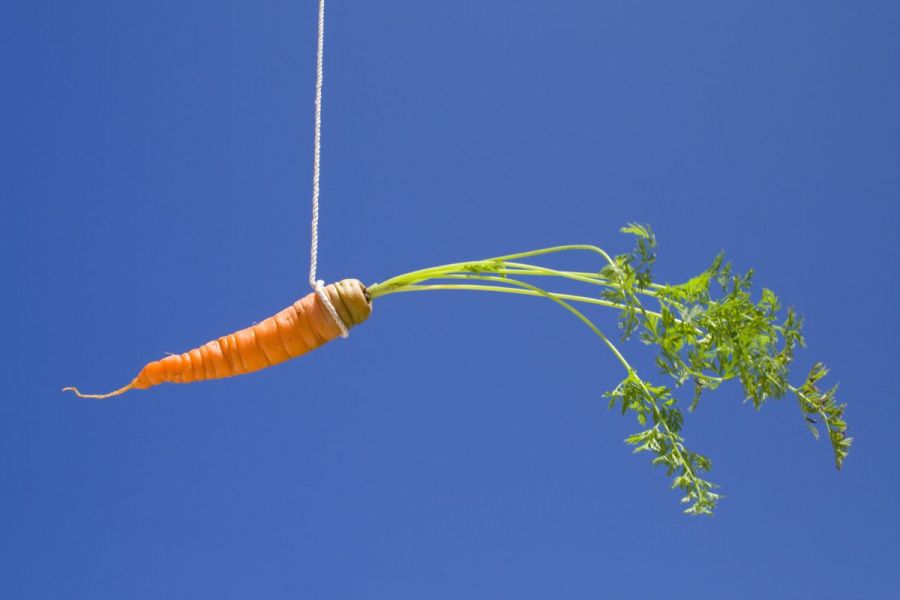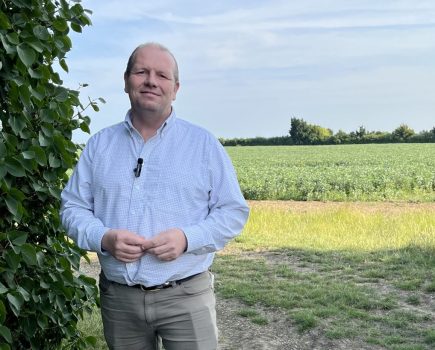By Martin Lines
The spotlight on farming is getting bigger and brighter due to the focus on its impact on our environment. The Government has announced its plans for environmental improvements, outlining 10 goals in its 25-Year Environment Plan.
The agriculture sector could view these goals as challenges or opportunities. I see more of the positive in how these goals give the sector a chance to prove its part in making them achievable. With that comes the added incentives of more sustainable farming with the added bonus of public money for public goods.
Without the weight of the sector behind these plans to restore the natural landscape, the Government would fail to meet the legally binding target of halting nature’s decline by 2030. With seven years to go, a lot needs to be done. At a glance, the 10 goals in the Government’s Environment Plan include improving the UK’s air and water quality, minimising waste, protecting threatened plants, trees and wildlife, and other measures that aim to leave the environment in a better place than we found it.
All of these goals will impact farming and crop production in the years ahead. While the England Government is using ELMs to help agriculture deliver environmental and climate improvements, we must show best practice in action and demonstrate how we’re reducing our share of environmental damage. Sometimes farming is unfairly blamed for the percentage of harm it causes, but as other industries start adapting and changing, the spotlight on our share of the impact becomes bigger.
With many farms moving to urea fertiliser this year because of the cost of ammonium nitrate, we can expect an increased focus on the impacts of urea fertiliser on air quality. If we don’t want urea fertiliser removed from the market sooner than planned, we must do all we can to minimise risks. Hopefully, many farmers have started to order urea fertiliser with inhibitors or planning to add inhibitors to the liquid fertiliser.
Enhanced urea fertilisers and urease additives will have a more significant role on arable farms as the government looks to slash ammonia losses through its Clean Air Strategy. The UK Government agreed to reduce ammonia emissions by 8% in 2020 and 16% in 2030, compared with 2005 levels. With 88% of ammonia emissions in the UK coming from agriculture, much attention is on fertiliser use. We need to be doing as much as possible to reduce fossil fuel-based fertiliser, not only for our own cost savings but also for climate and air quality benefits.
Another spotlight is on pesticide use for its environmental risks and human health concerns. Many products have been withdrawn already, and with the UK now out of Europe, the speed of other products not being renewed for UK use may be accelerated as the cost of licensing to UK standards may be prohibitive for manufacturers.
I attended many conferences, meetings and discussion groups over winter, and numerous times I’ve been shown data from water companies highlighting the number of pesticides they detect in drinking water. While some are low levels, many others have a very high level at different times of the year. Water companies spend large amounts of money trying to remove these pesticides from drinking water. Even products removed from use years ago still appear in samples. Sometimes that may be after heavy rain, and the sediment has been disturbed in ditches and rivers. Some of the products found in drinking water may not have come from agricultural use in part or total, but they are becoming an increasing problem.
As we see water companies get squeezed for their pollution, fined and ordered to clean up their act, those same companies will want to pass on the pollution costs to those industries causing the problem. As the implicated industry, we will have to do our bit to reduce pollution risks and support farmers struggling to reduce their reliance on harmful chemical inputs.
Funding is available from many sources to help with capital expenditure for spray filling areas, sprayer sheds, biobeds and wash-down areas etc. There are also incentives for using cover crops or buffer zones to prevent pesticides and nitrates from entering watercourses. The next few years are the time to take up these funding opportunities before they are lost, and regulation and enforcement play a bigger role. It’s a moment in time when businesses can choose between the “carrot or stick”.
With collective momentum moving England closer to a cleaner, greener environment, we have to push farming’s role in making this possible to the fore and grab the opportunities available now to wean ourselves off harmful practices that ultimately eat into our bottom line. More carrot, less stick.
This article was taken from the latest issue of CPM. For more articles like this, subscribe here.
Sign up for Crop Production Magazine’s FREE e-newsletter here.




